The two primary purposes for why vultures circle are riding warm thermals to higher altitudes and locating a potential meal.
There are two things I want to make sure you understand after reading this article. First is the actual reason vultures circle, which is for thermal soaring. Thermal soaring is the action of riding a thermal to a higher altitude and gliding to another thermal or the destination.
The second goal is to try and dissuade the thought that vultures just aimlessly circle over dead animals. Of course, there are some exceptions to this; however, this theory doesn’t hold much ground when you spend some time thinking about it.
So, let’s dive into a fascinating behavior for a woefully underappreciated group of birds.
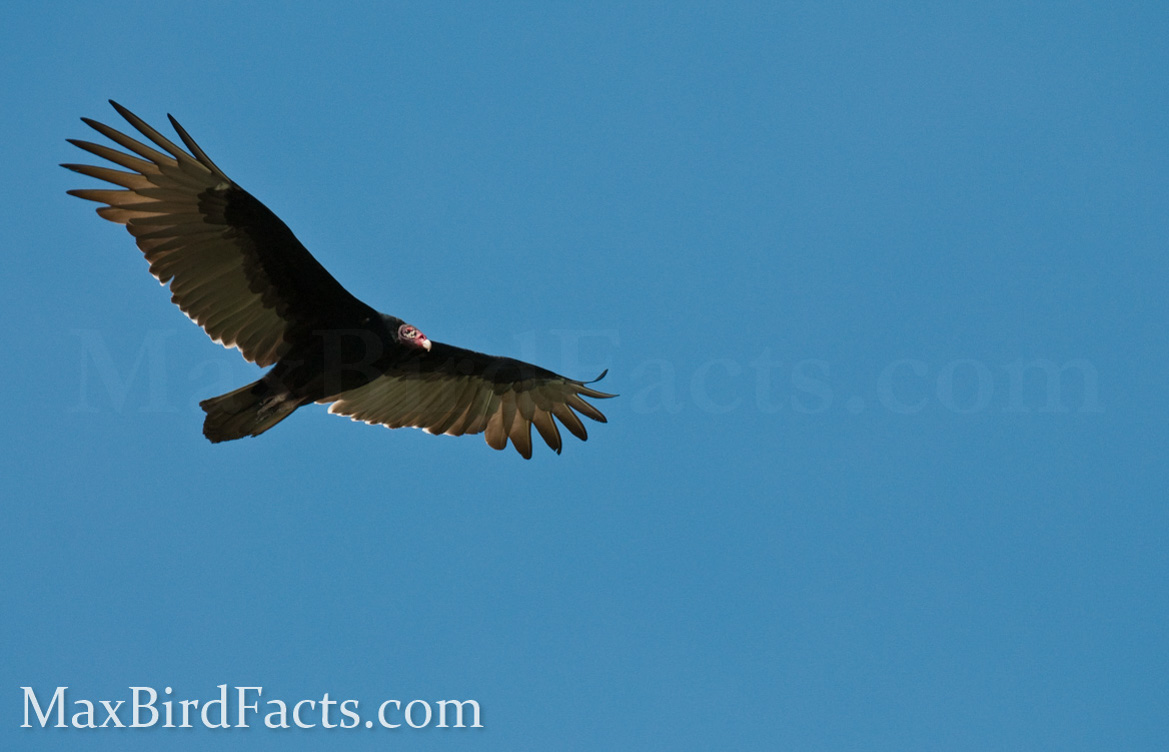
Vultures Circle Using Thermal Soaring
Thermals provide the perfect cheat that allows vultures, hawks, eagles, gulls, pelicans, and dozens of other birds to gain altitude while spending the slightest amount of energy possible.
But before we get too far into why vultures circle thermals, here is a quick rundown of how they are produced.
During the day, the sun warms the earth’s surface, and different materials retain this heat better than others. These patches of the warmer surface will heat the surrounding air, and as the air heats, its particles will spread farther apart and become less dense than the cooler air above it. As a result, the warmer air will rise in a column above the hot patch, which creates a thermal.
This process would naturally happen over stone or exposed soil, but concrete and metal are just as good, if not better, at retaining heat and transferring it into the surrounding air. This is the same way a hot air balloon works; filling the balloon with hot air from the torch makes the balloon less dense than the surrounding air to gain lift.
So, why would a vulture circle in the thermal instead of just trying to coast over it? Simple, circling costs less energy than hovering and will get the bird at a loftier altitude faster.
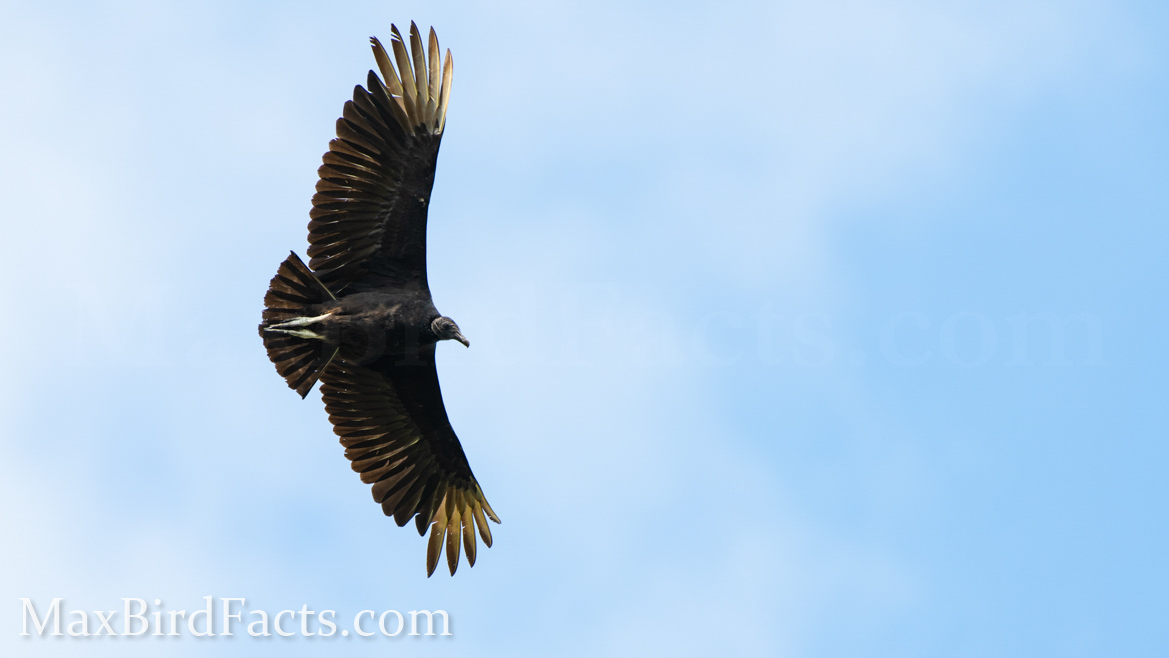
If the bird tried to stay perfectly still in the middle of the thermal, it would have to waste energy maintaining its position, and where it is might not be the most optimal. Also, the ground below the thermal might have areas that aren’t as hot as the rest. This would cause these spots not to give as much lift as the rest.
By circling, the vulture can take advantage of the thermal lift and give it a more average lift from the thermal. Circling is also more leisurely because the vulture only makes minor adjustments to its wings to stay in this rising air.
Here’s a fun term for your next birding trip, a kettle of vultures. A kettle of vultures is a group of these birds circling and climbing a thermal, and the flight pattern they create forms a kettle shape.
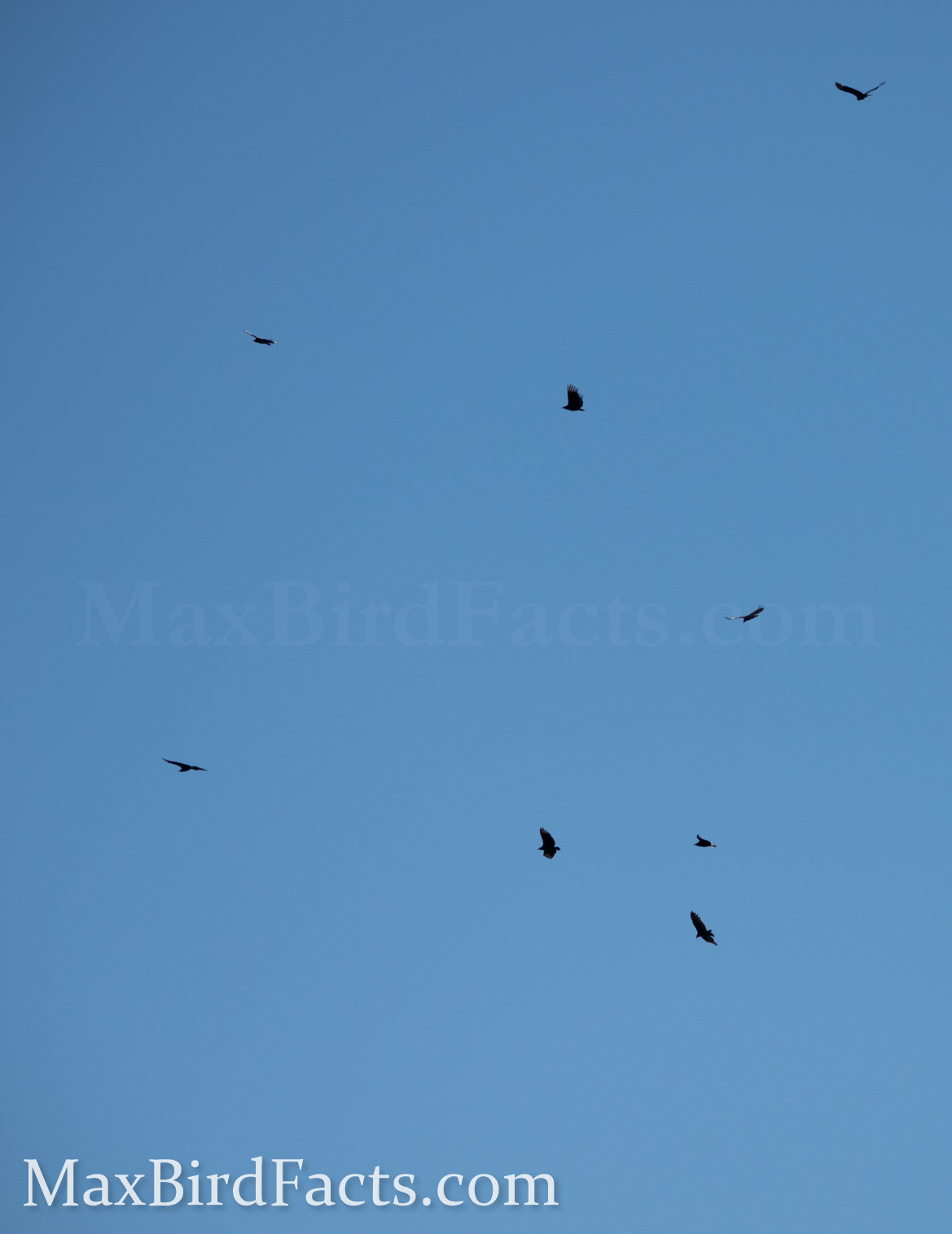
Depending on the conditions (ground materials, ambient air temperature, humidity, etc.), thermals can reach several thousand feet into the air. If the birds play it right, they can leapfrog from one thermal to another with only nominal adjustments and flaps to catch the next current.
After the vulture has left the thermal and begins to soar free, it will slowly descend due to drag and gravity. There isn’t much the raptor can do about gravity, but they can help to reduce drag.
Like many other large raptors, vultures reduce their drag by spreading the tips of their primary feathers at the wingtips. This gives the bird’s wings an almost finger-like appearance at the ends.

Vultures aren’t the only ones that use thermals. So next time you go to the beach, watch the pelicans and where they prefer to fly when they aren’t hunting, particularly later in the day.
The pelicans will fly low over the water in the morning, using dynamic soaring (a topic for another article). Then, the pelicans will fly over the beach and buildings along the shore in the afternoon and evening.
The rooftops have absorbed the sun’s heat, and thermals have begun to form. I watched a group of over a dozen pelicans travel over half a mile without flapping while bouncing over the beach condos.
Soaring isn’t just relegated to raptors flying over the mountains and desert; keep an eye out for other species utilizing this strategy.
Do Vultures Circle Over Dead Prey?
It’s somewhat misunderstood that vultures will circle over a carcass to signal to other birds that there is a meal. From a purely biological standpoint, this makes no sense.
Think of it this way; you just found a ten-dollar bill on the ground in a parking lot. Are you going to start waving your hands and hollering that everyone else comes over and takes a piece? No, you’re most likely going to pocket that bill.
With that same logic, what would you do if you were a vulture soaring over the land and found a raccoon on the road? You would probably want to swoop down as quickly as possible to get to this meal before anyone else snatches it up.
This is why I have an issue with this theory, and it seems to be a widespread thought in the articles I read while researching this. The misconception of vultures circling over dead or dying prey to signal to other vultures, at least in North America, is probably due to vultures checking if that animal is fresh enough to eat or to spot any potential danger before landing.
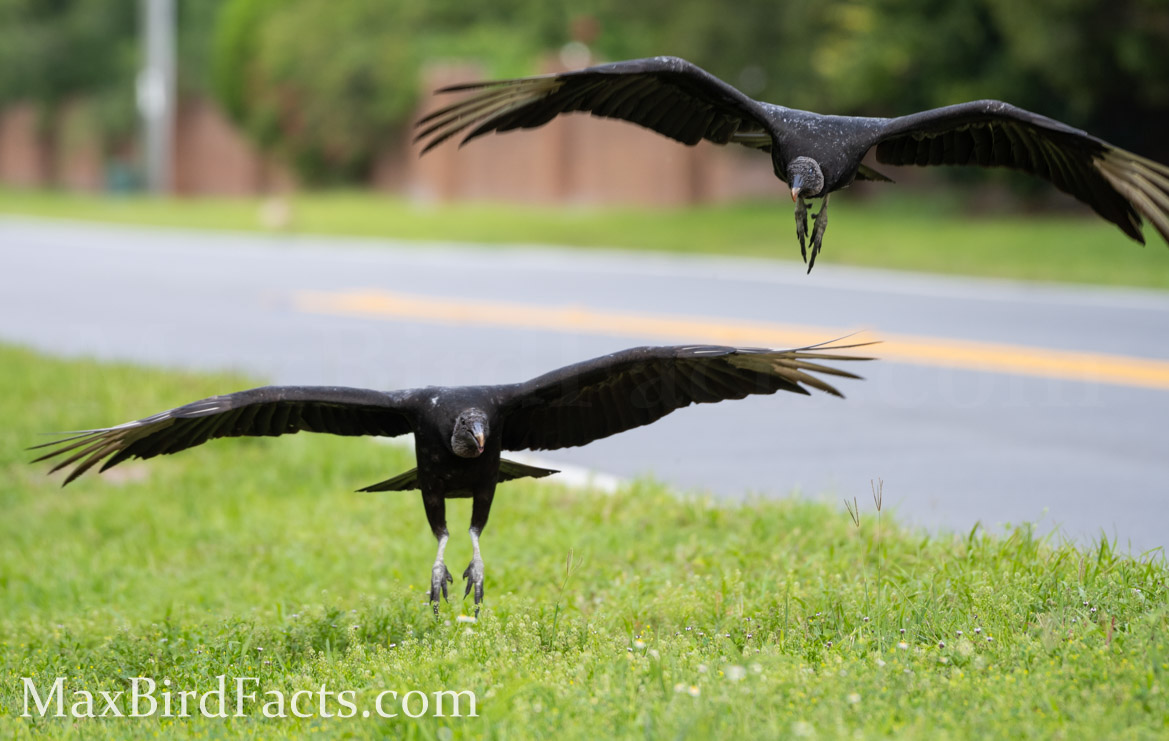
Vultures are a bit pickier about what they’ll eat than you might think. Yes, they will consume anything from a bison down to a frog, but they won’t touch either if they are too rotten.
If a vulture is circling over the carrion, it is most likely making sure it isn’t too far gone or too alive before landing. Once on the ground, these birds are very vulnerable.
Their heavy bodies and large wings make quick take-offs very difficult. So, if they try to approach a potentially dangerous animal while it is injured and not dead enough, their meal might take a bite out of them.
We can find the exception to this thought of not sharing a meal in Central and South America with the King Vulture (Sarcoramphus papa).
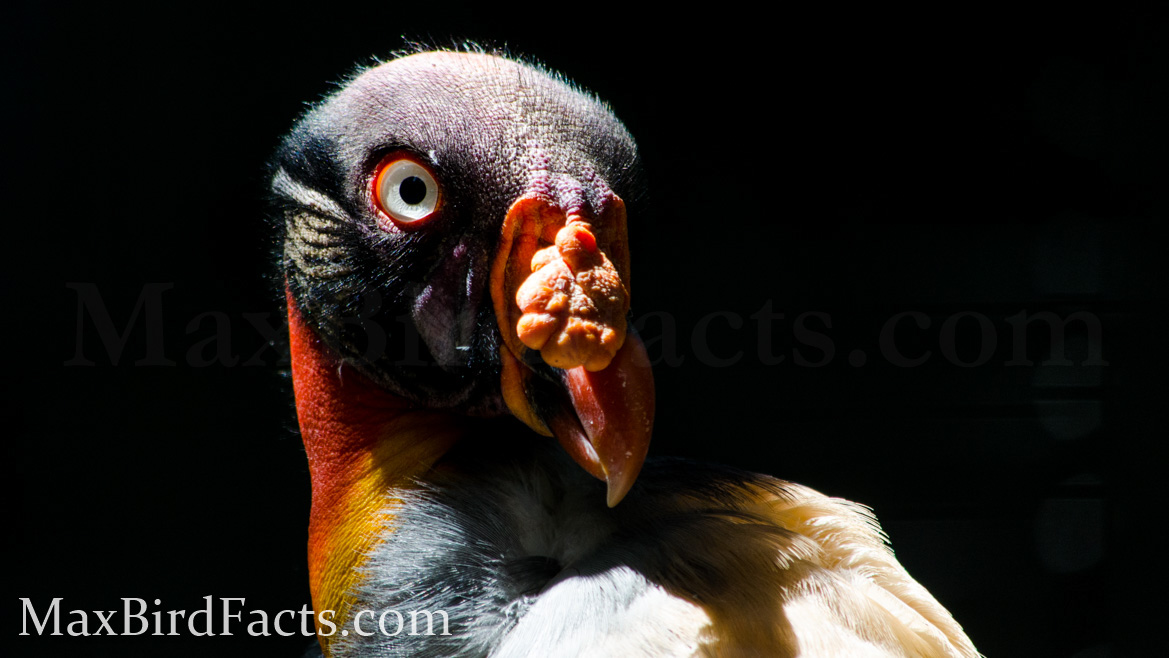
The Maya thought these stunning birds of prey ferried messages between them and their gods, and I can see why. But, to their weaker beaked cousins, the King Vulture is the key to getting inside a meal.
Cayman, tapir, capybara, and other larger animals in this region have too thick hides for most other vulture species to penetrate. However, the King has a sharp tip that is perfect for piercing through the leathery skin of a dead crocodilian.
So, in this case, yes, these smaller vultures will try to announce the site of a meal to bring the King Vulture in.
Even this exception comes with some caveats. The biggest being these venues almost always center around a massive animal, giving more than enough meat to be shared. I doubt the smaller raptors would be as keen to invite the King if it was only for a snake or armored fish.
In North America, you are more likely to see Black Vultures (Coragyps atratus) tailing Turkey Vultures (Cathartes aura) when heading to a banquet. The smaller raptors will hang out with their larger cousins because of their incredible sense of smell.
Turkey Vultures can detect the scent of rotting meat over a mile away. This effortlessly blows all other birds of prey out of the water. Matching this nose with incredible eyesight, you have a bird that won’t stay hungry for very long.
If you want to read more about the differences between Turkey Vultures and Black Vultures, specifically their beaks, check out my article, The Specialization and Perfection of Falcon, Owl, and Vulture Beaks – Bird Beaks Part 3.
Once other vultures discover a meal, it quickly devolves into a feeding frenzy, particularly with Black Vultures. This species tends to be more social than their cousins, hanging out in family groups that can reach massive numbers.
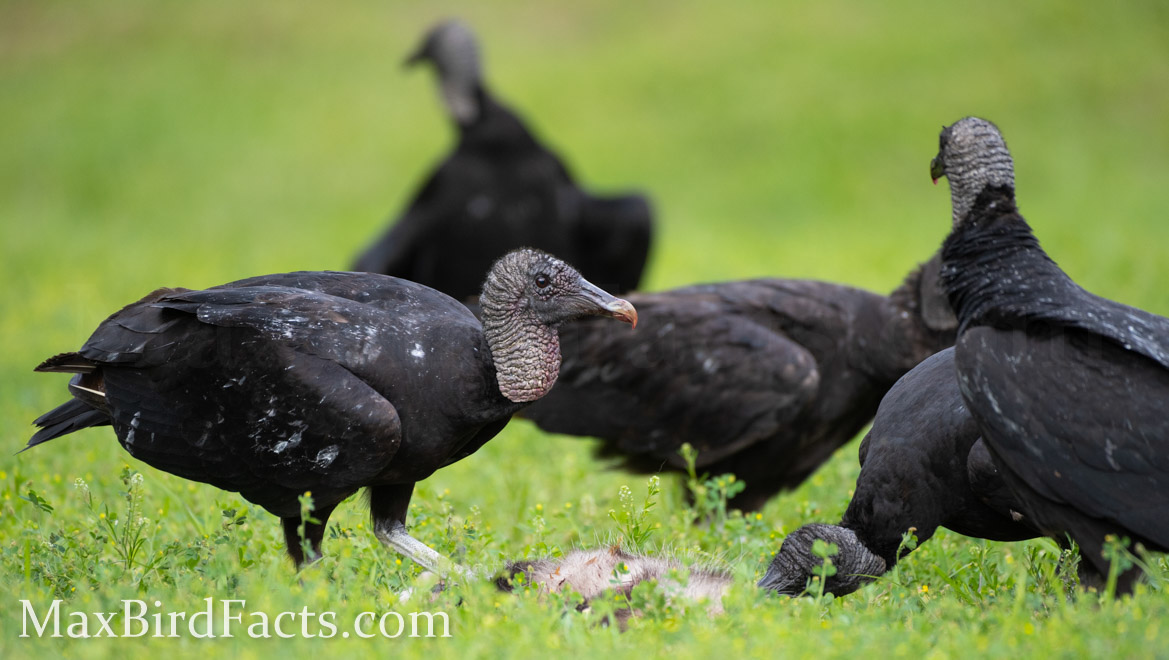
After one bird has found its prey, its committee members will start jockeying for position to try and grab a scrap of meat. Whenever I’ve watched this behavior, I can’t help but think of them as a feeding frenzy of sharks.
Because of all the excitement, these birds sometimes forget to look out for traffic, and some are struck by oncoming traffic. For this reason, I keep a few pairs of disposable gloves in my vehicle, so I can move roadkill off to the side when I spot some.
Why Do Vultures Circle? To Gain Altitude!
So now we know why do vultures circle—Vultures circle to climb thermals and soar effortlessly for miles while searching for a potential meal.
Thermals, formed by warm air rising from the ground, provide columns of free energy that many avians take advantage of. These upward currents can push the vultures several hundred to several thousand feet above the earth. Then, with locked wings and the occasional flap, these large birds of prey can soar along, looking for their next meal.
The misconception that vultures circle their dinner to bring in more birds is primarily false, our exception being the King Vulture in Central and South America. If you see vultures circling over a carcass, they are making sure it is either weak enough to approach or not decayed too far that it is unpalatable.
I think vultures are the unsung heroes of the animal kingdom, right alongside hyenas and coyotes. These animals have all acquired a bad reputation for their unhygienic appearance and odd dietary standards. However, they are all doing a service to clean up the dead before they can rot and spread disease to an otherwise healthy population.
Anyways, I really hope you enjoyed reading this article. And a special thank you to Kayla, Michelle, Stephen, and Darrow for suggesting this topic to write about!
If you have any suggestions for future ones or other topics you’d like to read about, please feel free to leave a comment below or shoot me an email!
Get Outside & Happy Birding!!!
Max
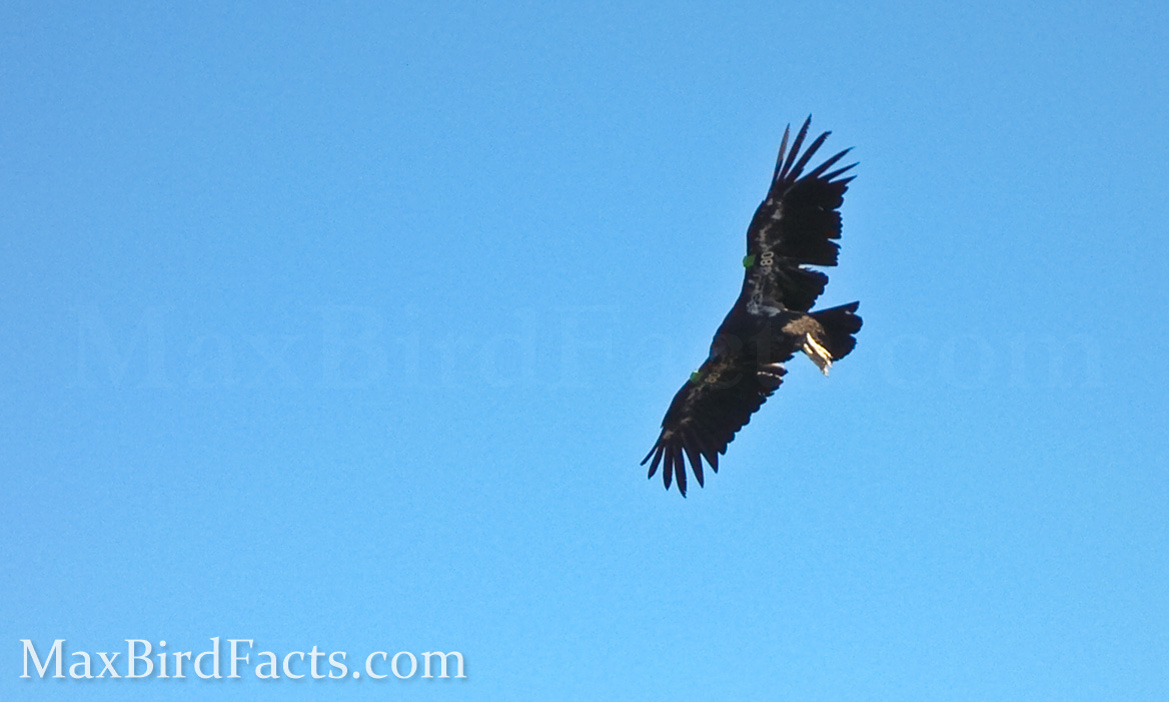
Discover more from Welcome to MaxBirdFacts.com!!!
Subscribe to get the latest posts sent to your email.
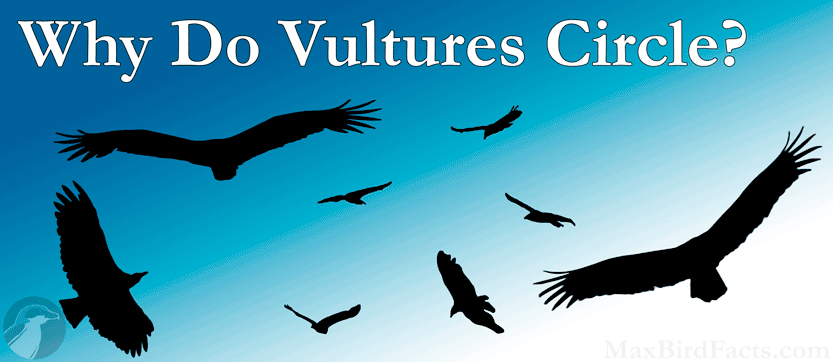
Pingback: Vulture Lifespan – What Is A Vulture? – Welcome to MaxBirdFacts.com!!!
Very informative article. I forgot about the pelicans using thermals. I love the analysis on behavior and how or why they wouldn’t circle dead animals. Excellent!
Thank you so much! I always love trying to think of why animals do their certain behaviors, and it usually isn’t too far off from how we would also react. I’m glad this made you remember about the pelicans too!
Very informative article. I forgot about the pelicans using thermals.
I always thought they communicated with these aerial displays! I wonder how these birds communicate then, because they lack a syrinx!
They very easily could be! Vultures use a pretty impressive array of hisses, grunts, and huffs. One of my friends works at a bird of prey center and has spent a lot of time around Black Vultures, and they are surprisingly social and intelligent. Like I said above, it isn’t uncommon for smaller vultures to try and attract a King Vulture to a larger kill so they can tare it open, so it wouldn’t be too surprising if one bird finds a big enough meal to share with their family and tries to invite them in. I think these birds are criminally underappreciated!